 Does anyone else find that their taste in movies is constantly evolving? Even when it comes to films I know I’m going to want to watch eventually, I still need to be in the right mood for certain genres. Sometimes I might be more interested in a documentary or comedy. On other days, something dark and serious is right my alley.
Does anyone else find that their taste in movies is constantly evolving? Even when it comes to films I know I’m going to want to watch eventually, I still need to be in the right mood for certain genres. Sometimes I might be more interested in a documentary or comedy. On other days, something dark and serious is right my alley.
Last week I was sorting through my never-ending to-watch list and trying to figure out which film from it to check out next. (That list is even bigger if you include all of the non-scifi entries on it! One of these days I may have to blog about the whole thing).
I’m the sort of person who will add something to my to-watch list in a heartbeat but wait until the last possible minute to decide whether or not I really want to sit down and pay attention to it for two hours.
Before I pay for anything, though, I always check the online reviews of it for a few different reasons that I’ll dig into during the course of this post. Positive reviews are no guarantee that I’ll end up watching something even if every single reviewer loved every single scene of that film. A string of negative reviews won’t necessarily dissuade me from watching something, either.
My reasons for deciding to watch something are more complex than that.
Does One Person Mention Problem X, or Does Everyone?
Once a film, book, or any other piece of pop culture has attracted enough attention, it’s bound to be picked up by at least a few people who don’t connect with it at all for a wide variety of reasons.
Maybe they’re simply not a big fan of that particular genre. (See also: me and 98% of the romance novels out there). They might have been in an awful mood and would have hated anything they watched that day no matter what it was. There could have been a part of the setting, plot, or character development that stirred up difficult memories for them for any number of reasons that almost certainly wouldn’t apply to most other people who read or watched the same thing.
If one reviewer mentions hating something about a film, I’ll tuck that information in the back of my mind. It probably won’t keep me from renting it unless the reviewer mentions something that I strongly prefer to avoid in the media I consume.
If multiple reviewers mention the same issues over and over again, I sit up and take notice even if their complaints all seem to be mild ones when looked at individually. There’s a difference between one person being annoyed by a particular part of the plot and lots of folks noticing it enough to mention it in their review.
Even then, a string of negative reviews aren’t going to necessarily stop me from enjoying a film. So much depends on what their specific complaints were and whether they were things I can look past when deciding what to watch.*
*Not counting godawful storytelling, sexist, racist, or homophobic content, or other major issues of course.
Honesty Is More Important Than Always Being Positive
 When I write reviews for my own site, I focus on as many positive aspects of the films and books I talk about as I can think of. I believe in pointing out everything the creator did right, especially if it’s stuff that doesn’t seem to be mentioned too often by many other reviewers. Anything worth reviewing – much less watching in the first place – will have strong points.
When I write reviews for my own site, I focus on as many positive aspects of the films and books I talk about as I can think of. I believe in pointing out everything the creator did right, especially if it’s stuff that doesn’t seem to be mentioned too often by many other reviewers. Anything worth reviewing – much less watching in the first place – will have strong points.
As an author, I also know how scary it can feel to release your work into the world. I’m always mindful of the fact that the creators might someday read my review, and I’d want them to feel good about all of the hard work they put into their story regardless of any criticisms I might have had to share about certain parts of it.
With that being said, I also believe in being perfectly honest about the themes, scenes, or sections that didn’t work for me. If I disliked something about a book or movie, I’m going to find a tactful way to talk about what it was and why it rubbed me the wrong way.
I won’t just tell you that the characterization fell flat or the dialogue didn’t sound natural to me. I’ll do my best to give specific examples of when these things happened and why they were such an issue for me. If my complaints were more subjective than that, I’ll talk about why a specific issue is a sensitive one for me and how I wish it would have been broached instead.
Other people might completely disagree with my reactions to those scenes or themes. That’s okay, because…
Not Everyone Has the Same Dealbreakers
There are a small number of things that I really don’t want to be exposed to when I’m watching a film. If I know they’re going to show up in advance, I’ll watch something else instead.
Some of the stuff I refuse to watch is too private to share on a platform as public as this one, but I will give you one example. My extended family includes multiple relatives who were adopted at various ages.
Occasionally, films are released that deeply stigmatize people who were adopted. It makes me angry to see adoption being portrayed so negatively because I’ve had multiple conversations with acquaintances who assume that everyone who wasn’t adopted as a newborn is going to fit their harmful stereotypes of other types of adoption.
For example, I’ve met some people who made very negative assumptions about what it would be like to adopt an older child or what sort of person that child would grow up to be. When they said unflattering things about such a large group of people, I winced. Not only were their assumptions untrue, they were unkind.
The last thing I want to do is encourage anyone to perpetuate such damaging myths about adoption and people who were adopted. I’m open to watching a lot of different types of stories, but I draw the line at ones that make it look like my relatives are inherently bad people because they happened to have been adopted.
The nice thing about reviews – including negative ones – is that stuff like this can be discussed in detail. Rather than being blindsided by something that rubs me the wrong way, I can go into the story prepared for what I’m about to see and decide not to watch it if hits something on my dealbreaker list.
It Still Gets the Word Out
 Just because I might not personally be interested in a film that spends a great deal of time on a certain theme or topic doesn’t mean that everyone I know feels the same way.
Just because I might not personally be interested in a film that spends a great deal of time on a certain theme or topic doesn’t mean that everyone I know feels the same way.
This same rule applies to everyone. There have been multiple times when I’ve read negative reviews of a film or book only to realize that the things that irritated that particular reviewer are either neutral or positive to me.
For example, I’m not usually bothered by movies where the dog dies in the end. It’s something I expect to happen in a lot of different types of stories, so someone who complained about it in their review wouldn’t be discouraging me from watching it at all.
A negative review might turn some people away, but it can also be used to attract even more folks who are actually the right audience for it.
How much attention do you pay to negative reviews? Has a negative review ever convinced you to read or watch something you might not have otherwise tried?

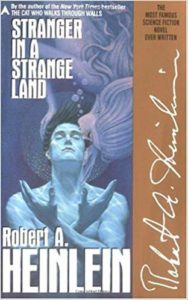
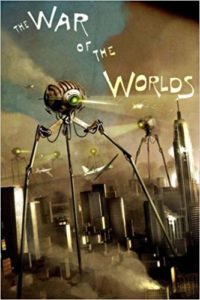
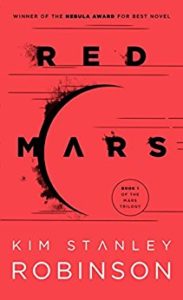

 This past weekend I (silently) had the following conversation with myself at a busy, public place when I suddenly realized that I was in a terrible mood and wanted to find out why I felt that way. The sections in blue are my emotions. My responses to them are written in black.
This past weekend I (silently) had the following conversation with myself at a busy, public place when I suddenly realized that I was in a terrible mood and wanted to find out why I felt that way. The sections in blue are my emotions. My responses to them are written in black. I think of mindfulness in much the same way I do weightlifting. The mind is like a muscle.
I think of mindfulness in much the same way I do weightlifting. The mind is like a muscle. Here is this week’s list of comic strips and other links from my favourite corners of the web.
Here is this week’s list of comic strips and other links from my favourite corners of the web.
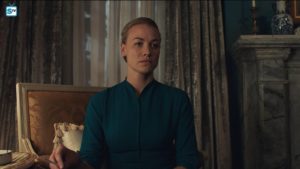


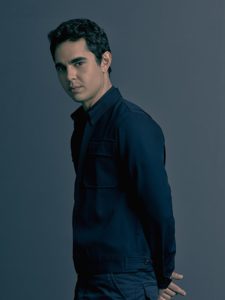



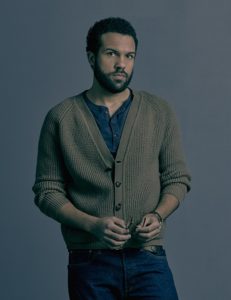

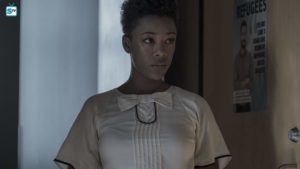
 Last winter I shared a
Last winter I shared a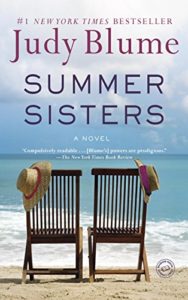
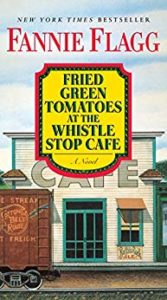
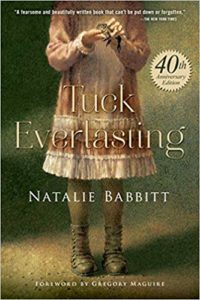

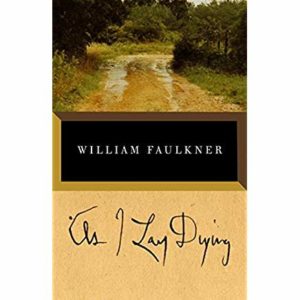
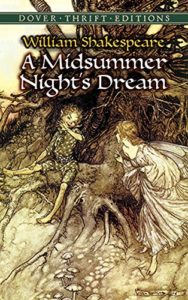
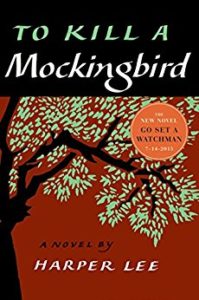
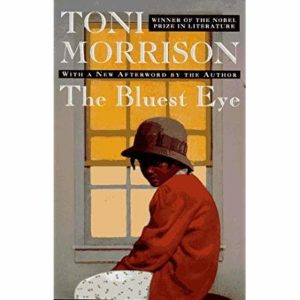
 Here is this week’s list of short stories, articles, and other links from my favourite corners of the web.
Here is this week’s list of short stories, articles, and other links from my favourite corners of the web.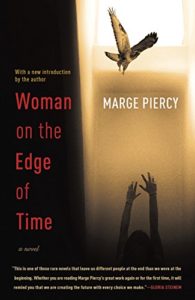 Marge Piercy’s Woman on the Edge of Time was first published in 1976. It was about Consuelo Ramos, a woman whose life had been forever changed by poverty, mental illness, prejudice, and violence.
Marge Piercy’s Woman on the Edge of Time was first published in 1976. It was about Consuelo Ramos, a woman whose life had been forever changed by poverty, mental illness, prejudice, and violence.
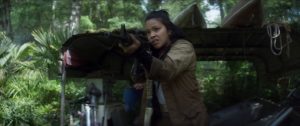




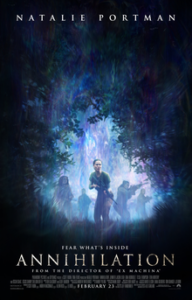 The preview at the end of this post will show you a few examples of the types of things the characters experienced once they entered “The Shimmer”. Combining the DNA of species that would normally never be combined created all sorts of living beings that have to be seen to be believed. I was fascinated by how all of this worked and how far the storytellers ran with this concept.
The preview at the end of this post will show you a few examples of the types of things the characters experienced once they entered “The Shimmer”. Combining the DNA of species that would normally never be combined created all sorts of living beings that have to be seen to be believed. I was fascinated by how all of this worked and how far the storytellers ran with this concept.